
Mastering Kubernetes. Level up your container orchestration skills with Kubernetes to build, run, secure, and observe large-scale distributed apps - Third Edition Gigi Sayfan
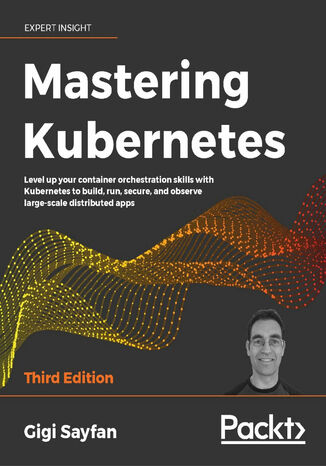



- Autor:
- Gigi Sayfan
- Wydawnictwo:
- Packt Publishing
- Ocena:
- Stron:
- 642
- Dostępne formaty:
-
PDFePubMobi
 opcje wysyłki »
opcje wysyłki »
Opis
książki
:
Mastering Kubernetes. Level up your container orchestration skills with Kubernetes to build, run, secure, and observe large-scale distributed apps - Third Edition
The book trains you to run complex stateful microservices on Kubernetes including advanced features such as horizontal pod autoscaling, rolling updates, resource quotas, and persistent storage backend. With the two new chapters, you will gain expertise in serverless computing and utilizing service meshes.
As you proceed through the chapters, you will explore different options for network configuration and learn to set up, operate, and troubleshoot Kubernetes networking plugins through real-world use cases. Furthermore, you will understand the mechanisms of custom resource development and its utilization in automation and maintenance workflows.
By the end of this Kubernetes book, you will graduate from an intermediate to advanced Kubernetes professional.
Wybrane bestsellery
Gigi Sayfan - pozostałe książki
Packt Publishing - inne książki
Dzięki opcji "Druk na żądanie" do sprzedaży wracają tytuły Grupy Helion, które cieszyły sie dużym zainteresowaniem, a których nakład został wyprzedany.
Dla naszych Czytelników wydrukowaliśmy dodatkową pulę egzemplarzy w technice druku cyfrowego.
Co powinieneś wiedzieć o usłudze "Druk na żądanie":
- usługa obejmuje tylko widoczną poniżej listę tytułów, którą na bieżąco aktualizujemy;
- cena książki może być wyższa od początkowej ceny detalicznej, co jest spowodowane kosztami druku cyfrowego (wyższymi niż koszty tradycyjnego druku offsetowego). Obowiązująca cena jest zawsze podawana na stronie WWW książki;
- zawartość książki wraz z dodatkami (płyta CD, DVD) odpowiada jej pierwotnemu wydaniu i jest w pełni komplementarna;
- usługa nie obejmuje książek w kolorze.
Masz pytanie o konkretny tytuł? Napisz do nas: sklep@helion.pl
Książka drukowana



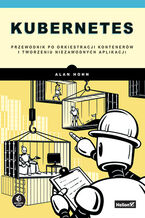

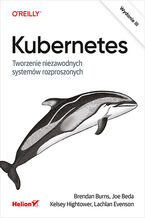
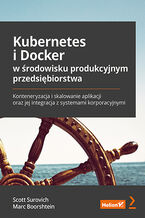


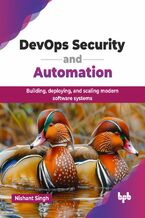
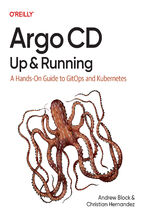
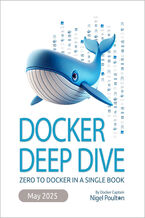
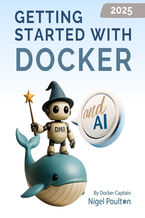

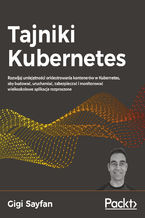
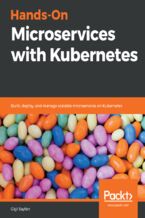
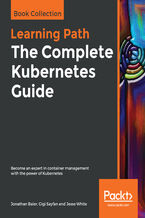
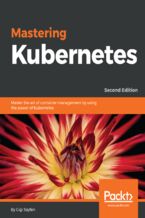
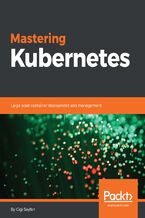





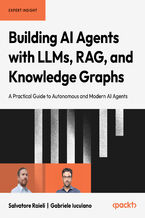
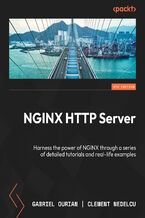
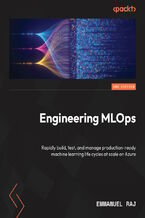

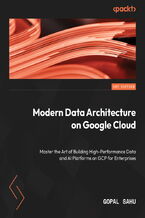

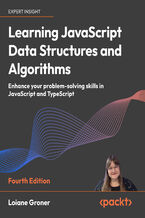
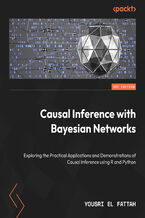
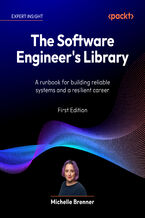
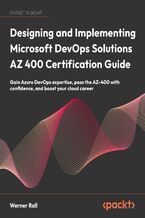



Oceny i opinie klientów: Mastering Kubernetes. Level up your container orchestration skills with Kubernetes to build, run, secure, and observe large-scale distributed apps - Third Edition Gigi Sayfan
(0)